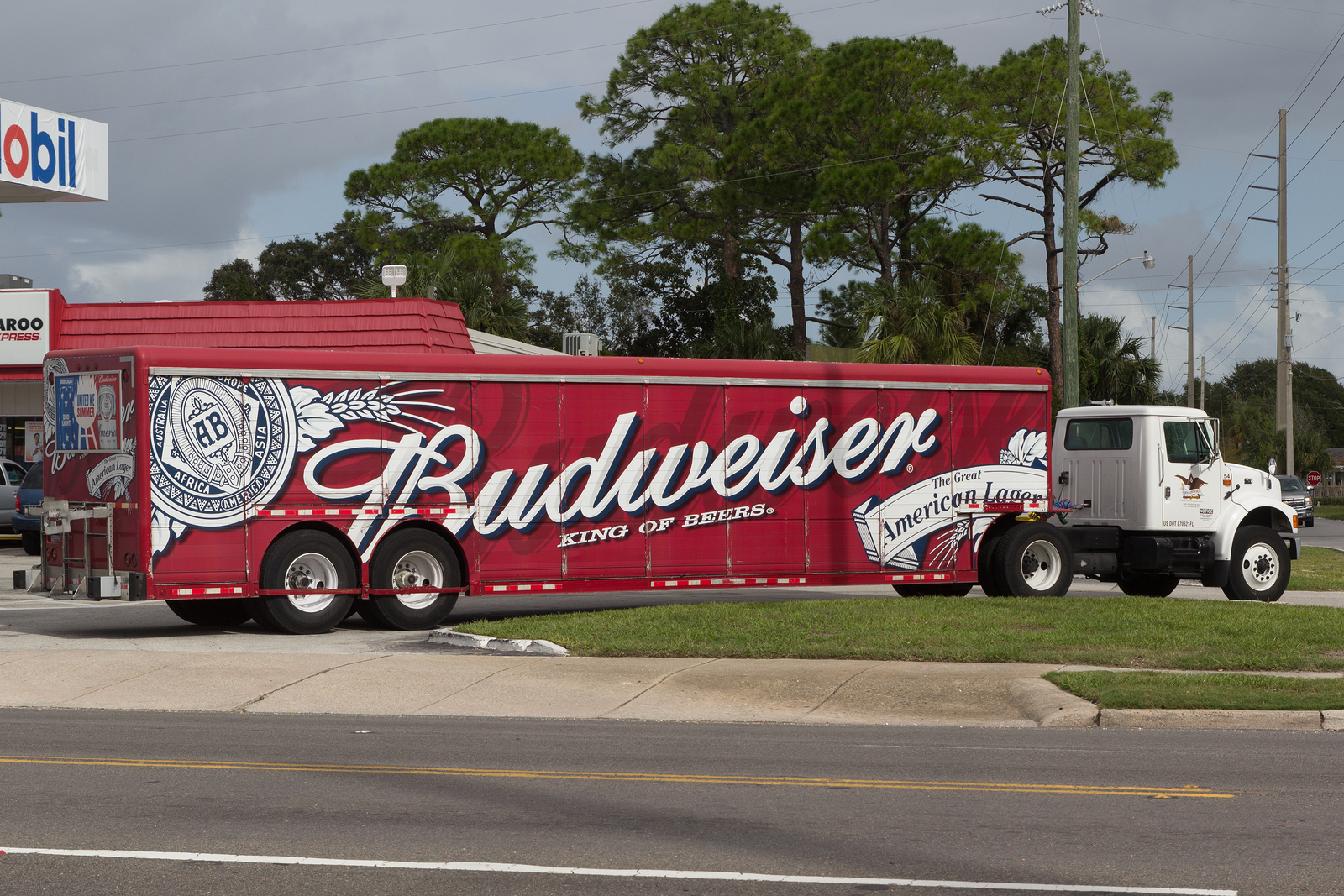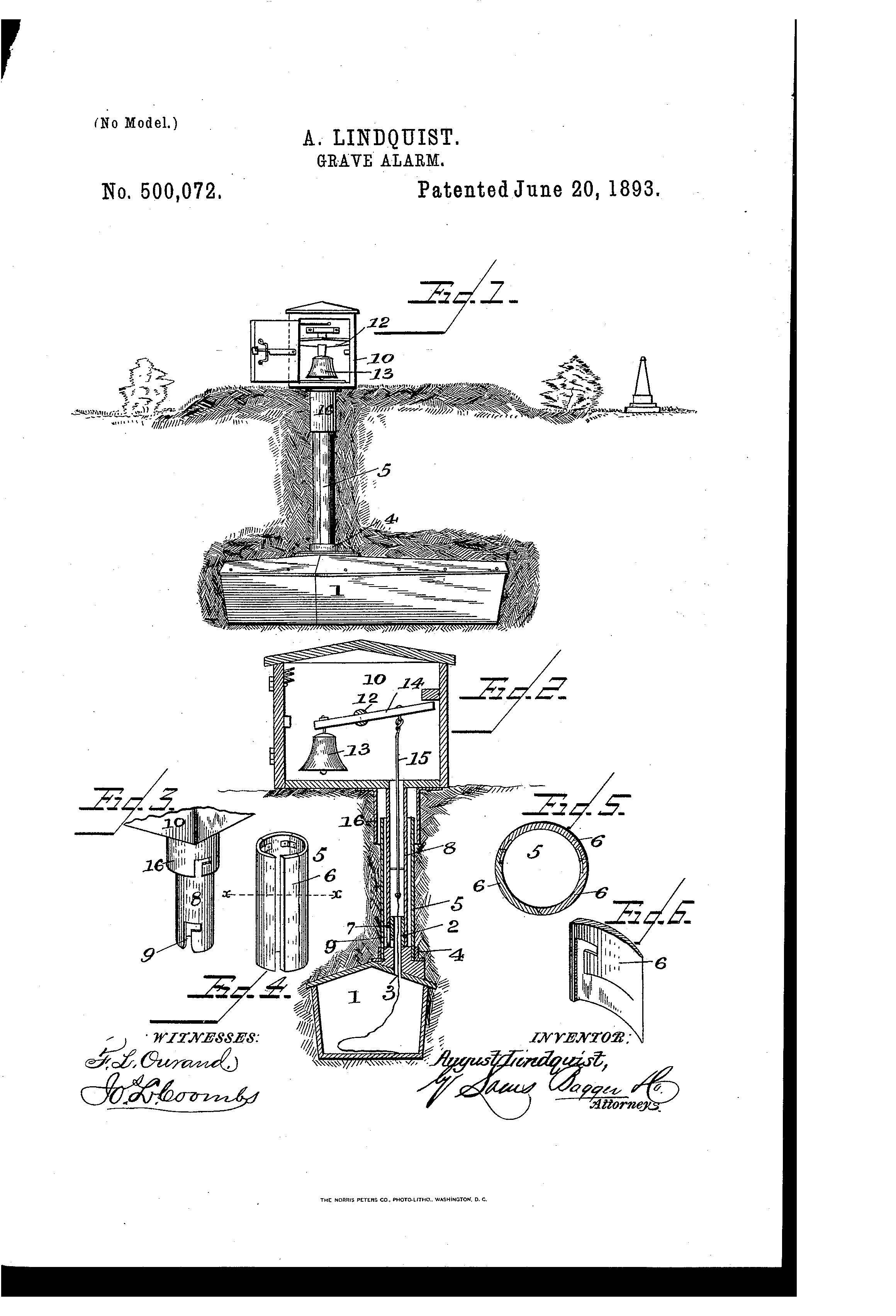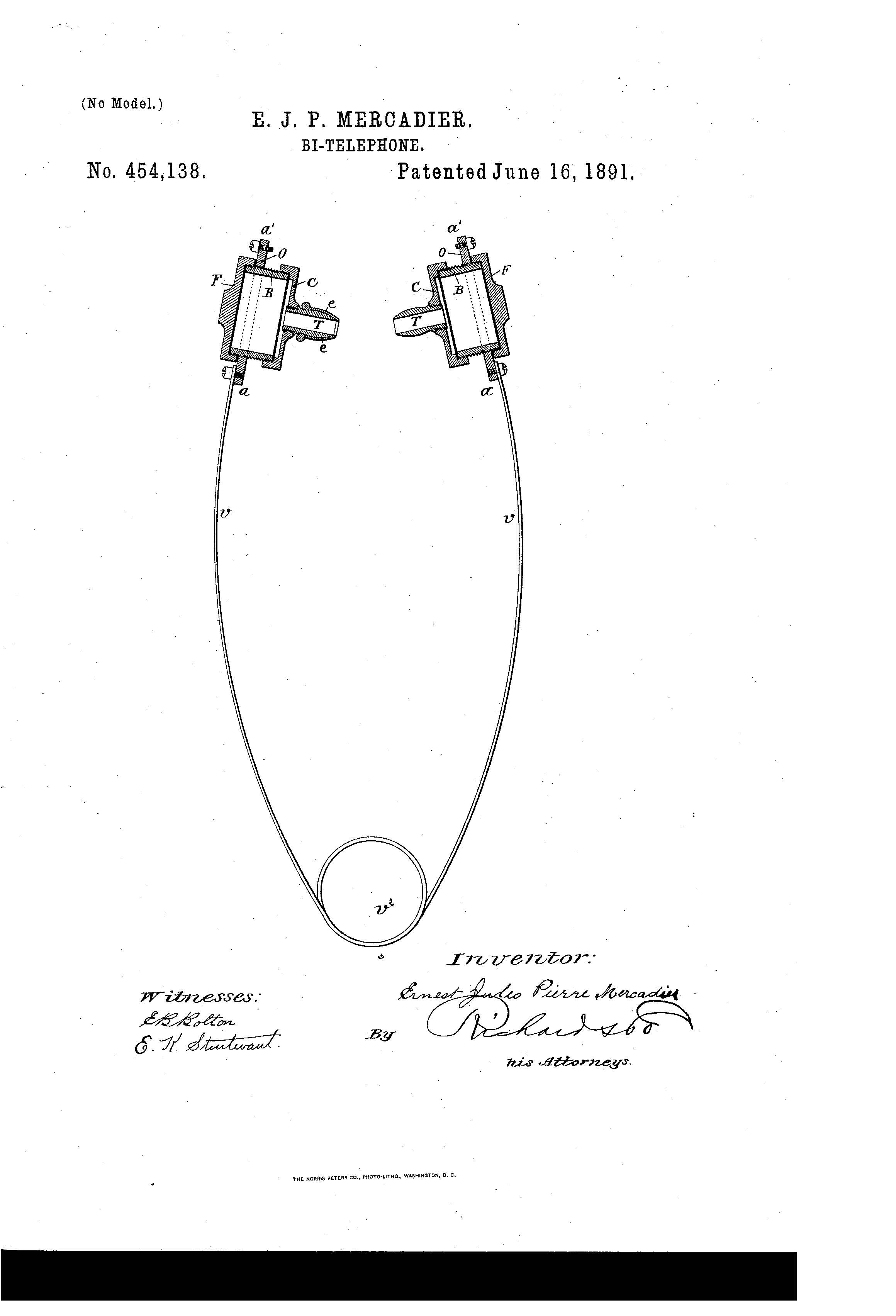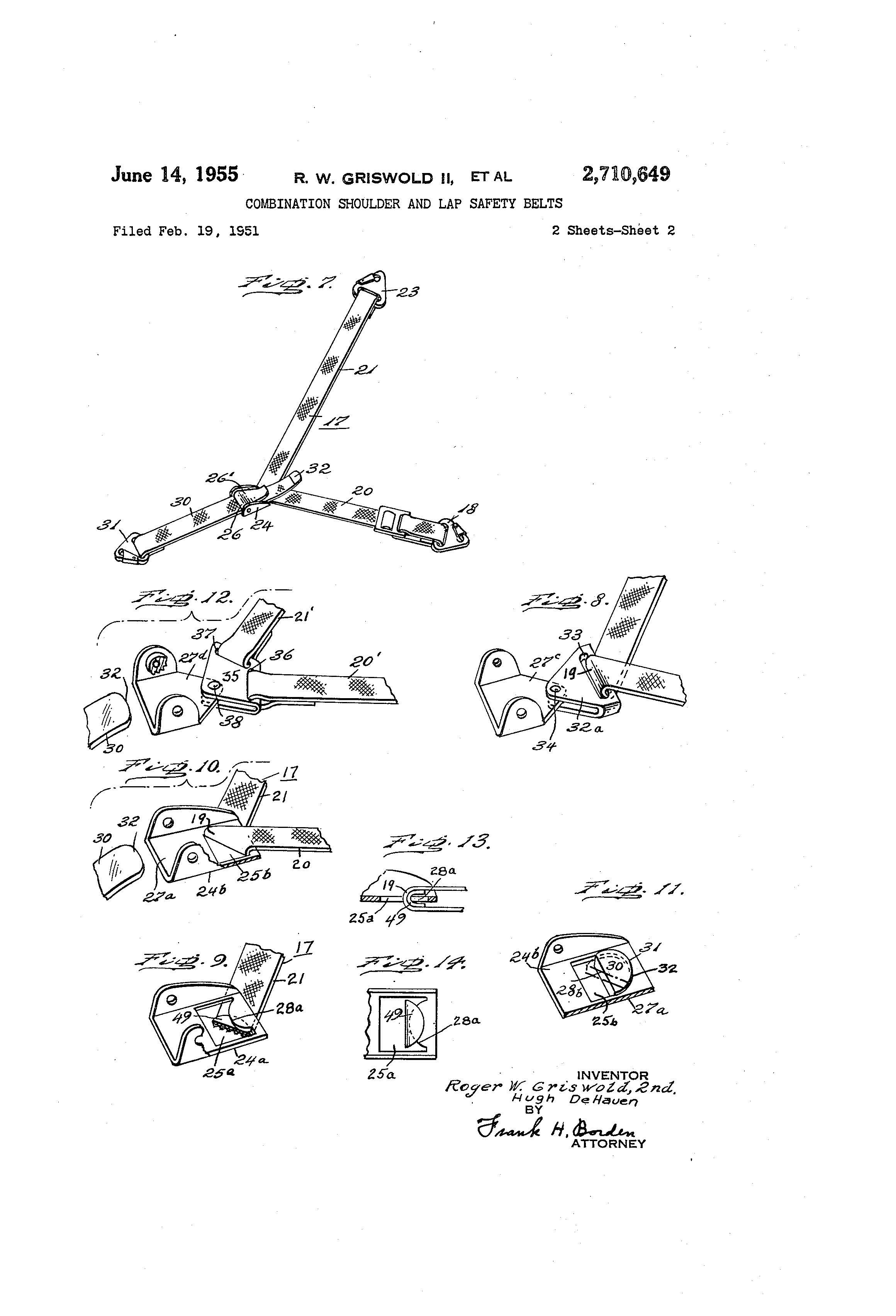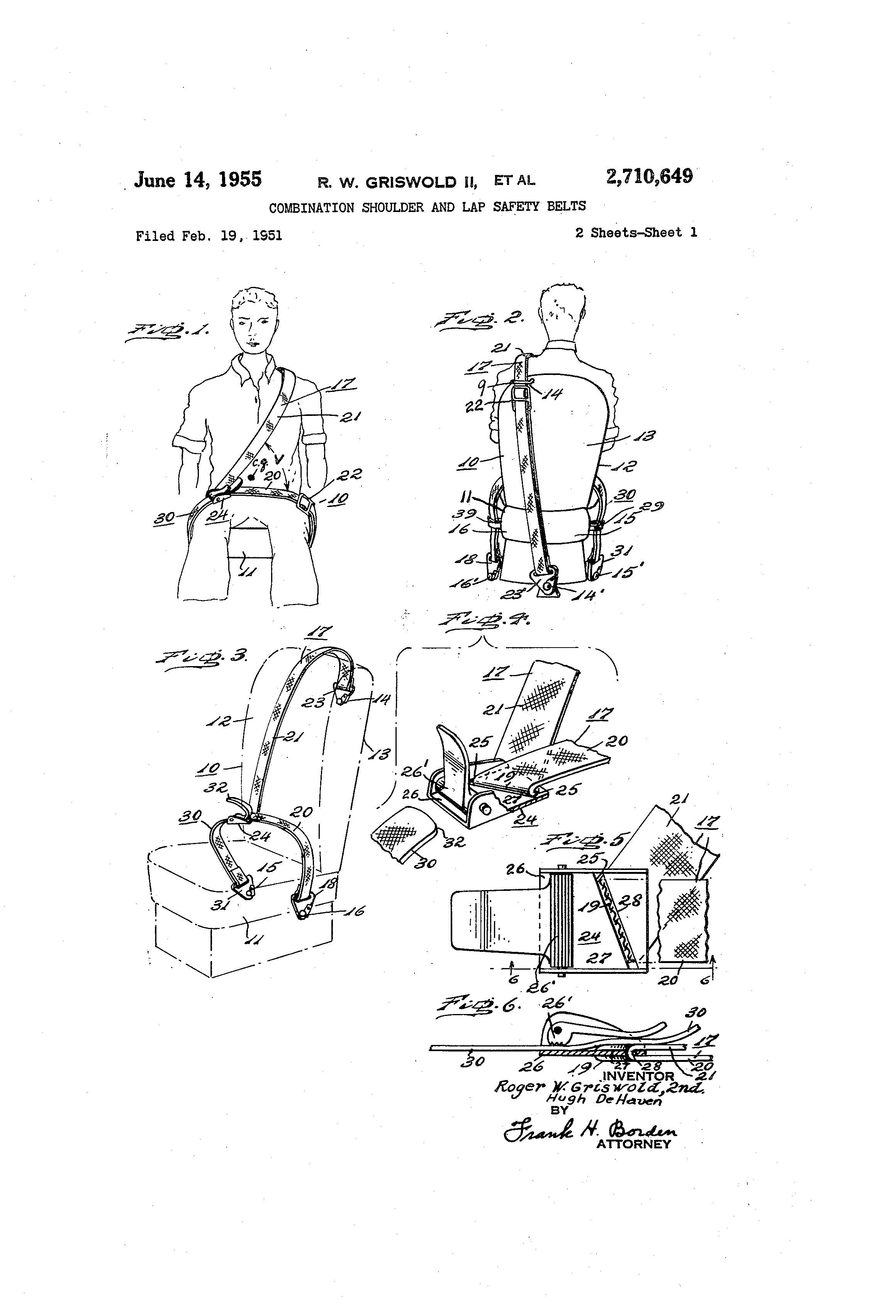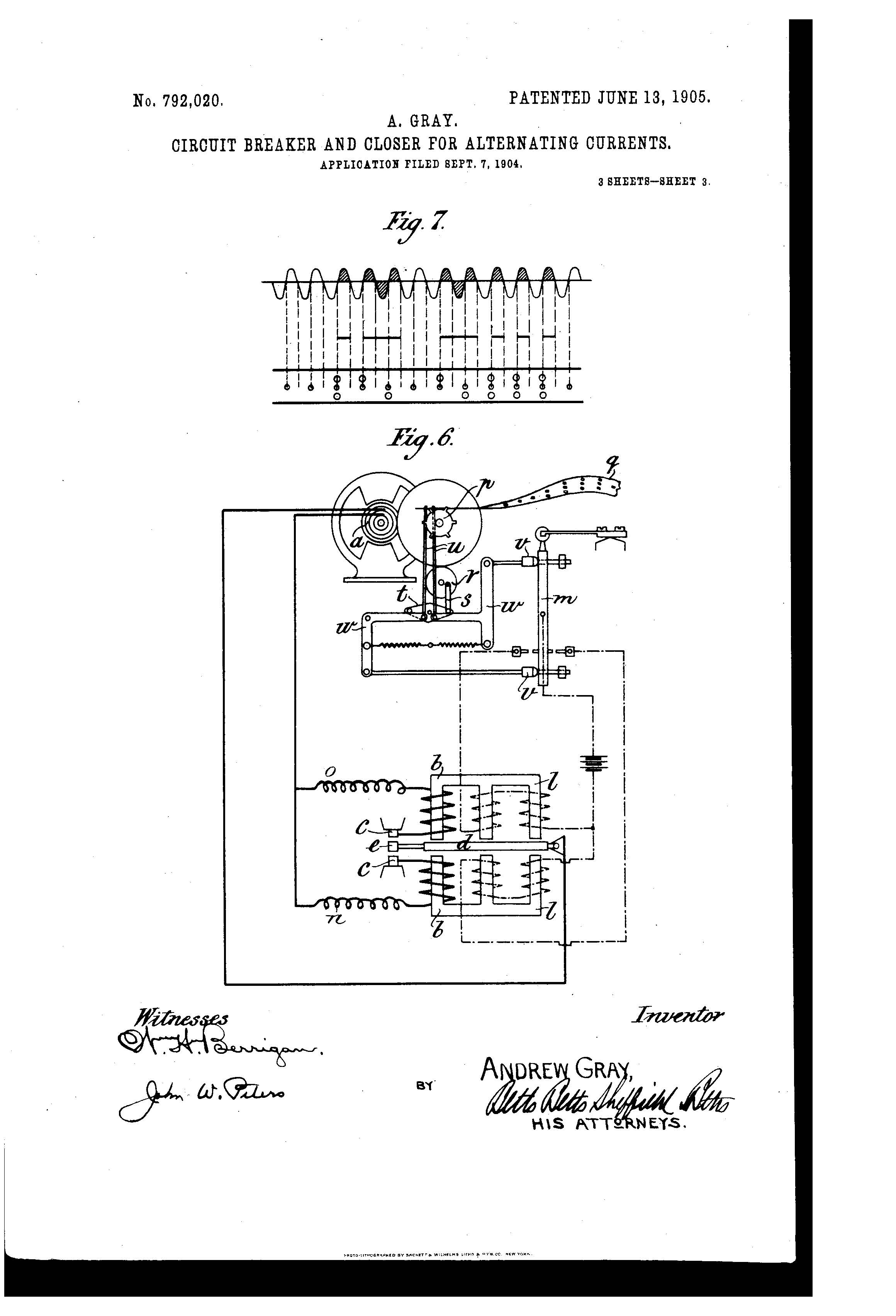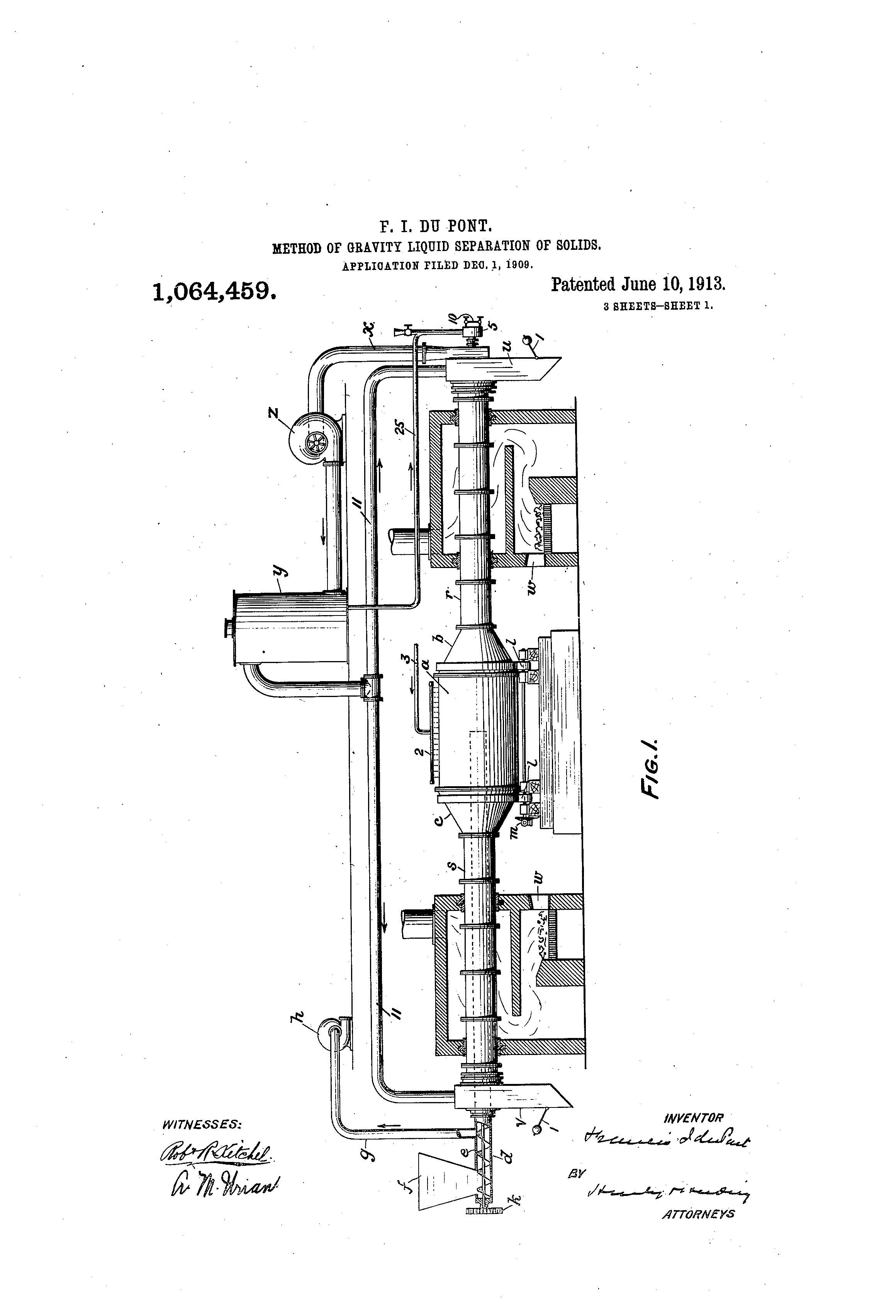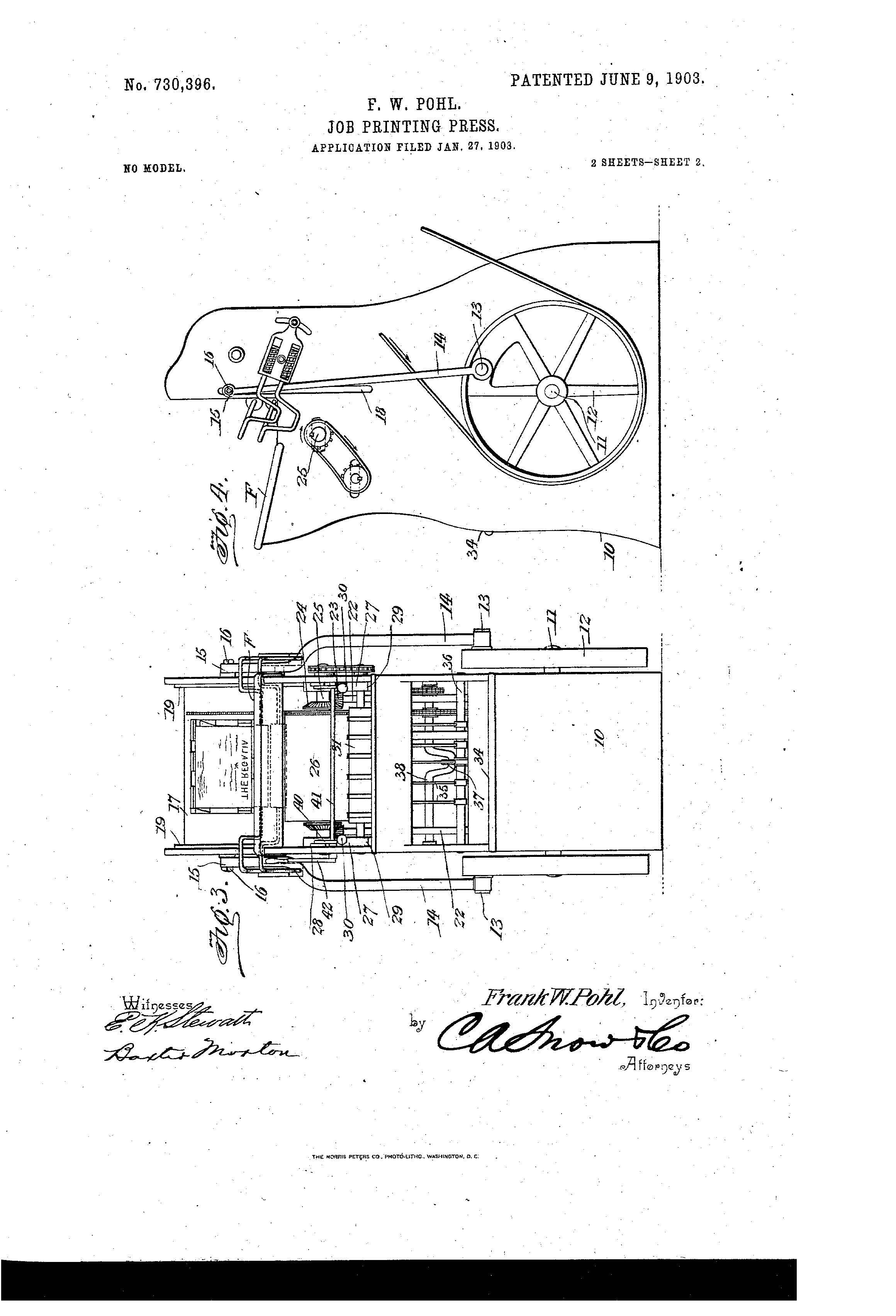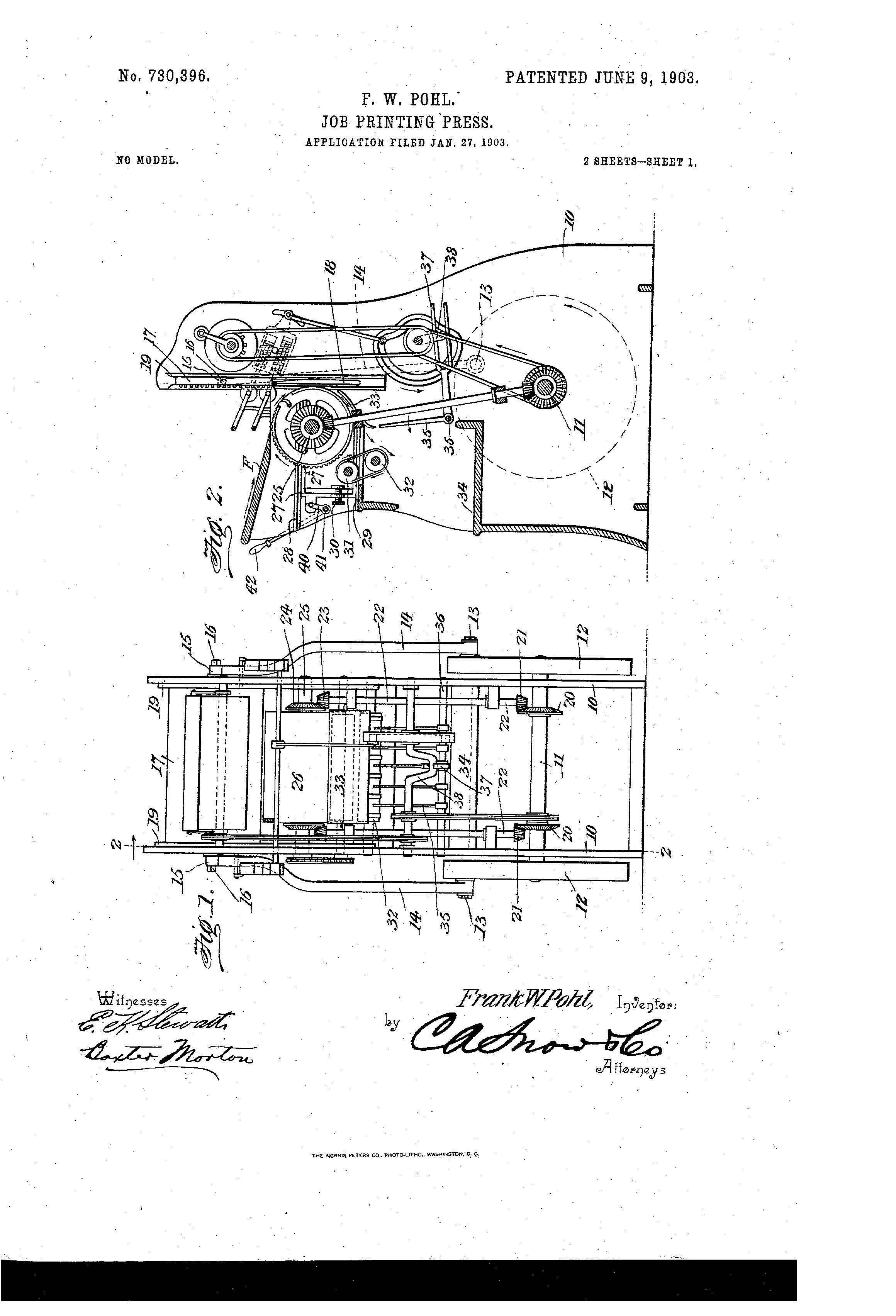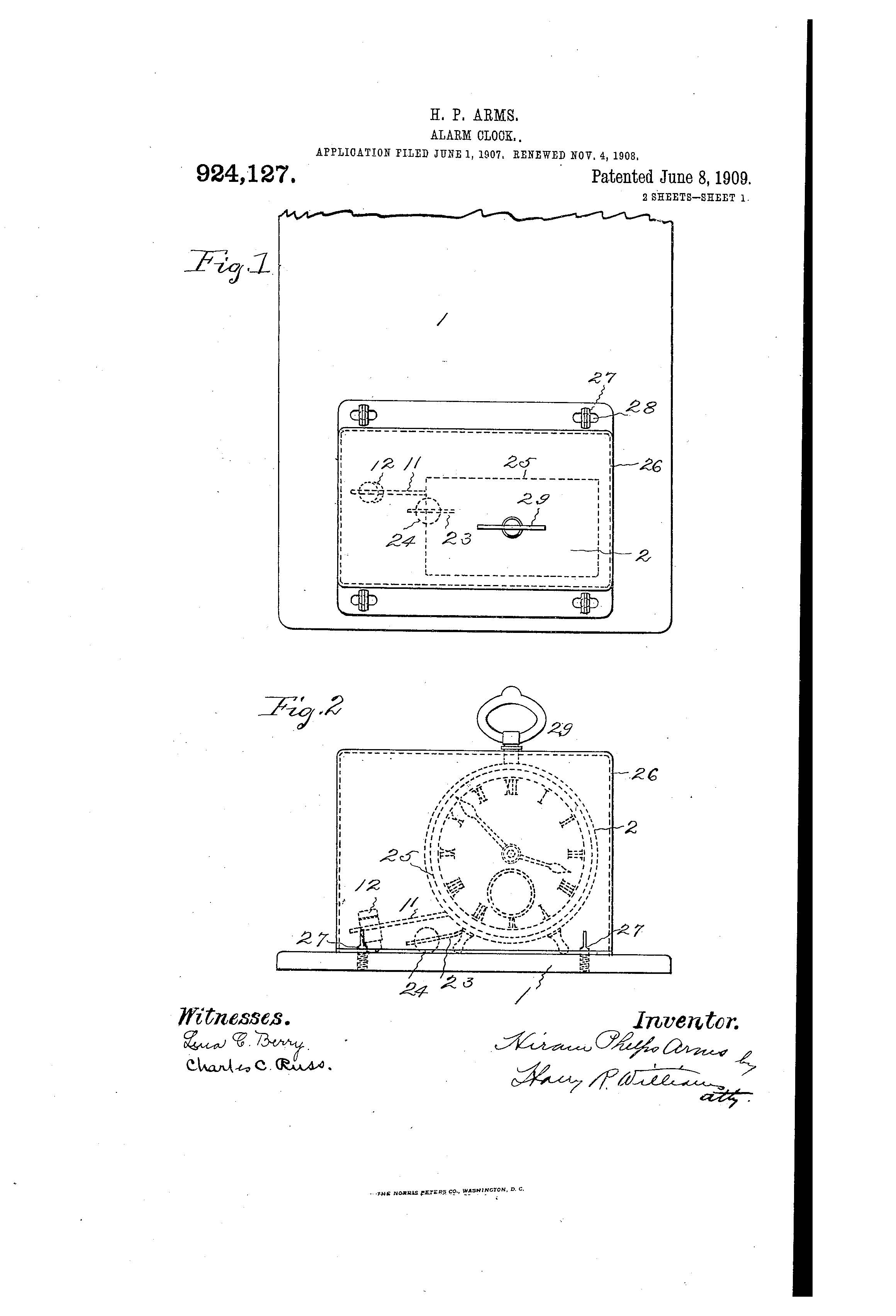Budweiser v. Lumbee Tribe
In a lawsuit filed in federal court June 14, 2016, the Lumbee tribe of North Carolina accused AB-InBev and R.A. Jeffrey’s Distributing for illegally using the trademarked logo and slogan of the Lumbee tribe.
According to the lawsuit the tribe’s logo was being used by Budweiser as early as 2004. The tribe’s slogan “Heritage, Pride & Strength” can be seen on banners displaying Budweiser products in convenience stores and super markets. The Lumbee tribe alleges that the use of the logo and slogan "creates the false impression that the Lumbee Tribe is affiliated, connected or associated" with Budweiser. The suit also notes that "many members of the tribe find [this] offensive because alcohol abuse is often associated with Native American culture."
AB-InBev claims the banners were made without Anhueser-Busch’s involvement by R.A. Jeffreys. "Our wholesalers often implement local marketing efforts on behalf of our brands. The wholesaler responsible for these signs removed them shortly after a complaint was brought to its attention, and has since expressed its regrets. Anheuser-Busch respects the Lumbee Tribe and likewise regrets that this occurred."
R.A. Jeffreys went on to release their own statement “In this matter, R.A. Jeffreys developed some point-of-sale advertising materials that were intended to honor the rich heritage of the Lumbee Tribe. These materials were developed by R.A. Jeffreys without the involvement, input or knowledge of Anheuser-Busch. On June 9, 2016, R.A. Jeffreys was informed through a telephone call that the Lumbee Tribe objected to the use of these materials, and by June 10, 2016, R.A. Jeffreys had removed all of the materials in question. R.A. Jeffreys regrets any offense that may have been taken to the use of the materials in which the Lumbee Tribe claims an interest, and R.A. Jeffreys will not make any further use of such materials unless specifically permitted to do so by the Lumbee Tribe. R.A. Jeffreys values and respects the heritage of the communities in which its customers live and work."
Patent of the Day: Grave Alarm
On this day in 1893 August Lindquist was granted the patent for Grave Alarm. U.S. Patent No. 500,072.
This invention relates to improvements in grave alarms, whereby persons who are prematurely buried before life is extinct, can sound an alarm, thus notifying the cemetery officials of the fact.
The object of this invention, is not only to provide means for surrounding an alarm, but also to provide and improved construction whereby fresh air is supplied to the person prematurely buried, whereby life may be sustained until help arrives.
Inventions by Dad
Dads are the greatest. They are there to wipe your tears when you are sad, they teach you how to throw a ball, they are who you run to when mom says no. But then there are those dads who have gone above and beyond their normal dad duties and invented items to help make their lives and the lives of other dads easier to manage.
Dad and inventor Bryan Lifshitz along with his two co-inventor brothers, Wayne and Jonathan Lifshitz, have eight children between the three of them and have had to give a piggyback ride a time or two. As their children got older, the piggyback rides were becoming more strenuous than when the kids were little. This got the brothers thinking about alternative ways to make piggyback rides less strenuous and this thinking snowballed into the birth of the Piggyback Rider (U.S. Patent No. 8,424,731). The Piggyback rider “is a compact, lightweight child carrier for toddlers 2.5 y/o+ up to 60lbs that creates a mutually enjoyable, effortless way to carry a child on your back, replacing bulky backpack carriers and strollers. Standing firmly on a shoulder-strap mounted bar, with integrated grab handles and safety tether for security, children love the height advantage and rest. The sturdy, unisex design functions like a standard backpack, distributing the child’s weight at your core enabling a natural upright posture.”
As one of a dad’s primary duties is carrying things, it’s not surprising that another dad inventor developed a different product to assist in carrying an infant’s car seat. Nathan Day learned firsthand how strenuous it can be when he dislocated his shoulder while lifting his daughter’s car seat. “After much research, I was shocked to discover there was nothing on the market to make baby carriers easier to hold. My idea quickly turned into a sketch, which evolved into making LugBug (U.S. Patent No. 8,671,523) a reality with molds, testing, patents and now manufacturing.” The LugBug is a lightweight, ergonomic and exceptionally strong little handle that adjusts to any single-handle baby carrier. It offers a more comfortable and enjoyable carrying position that eases tension on the wrist, forearm and shoulder.
Finally, what dad hasn’t struggled in keeping up with baby’s schedule. Greg Sheldon was sleep deprived and having trouble keeping track of when his child last ate, when he changed the last diaper, when the baby took the last nap. Engineer and new dad Greg decided to figure out a way to make remembering these things easier. He invented the Itzbeen (U.S. Patent No. 7,522,477), a baby-care timer that displays how long it has been since the last bottle, nap, diaper change, etc. “It’s as simple as pressing a button once after each diaper change, nursing or feeding, sleep or awake time; medication or other task.” The popularity of this item has grown so much there is one for adults called the “Pocket Doctor”.
Not all dads are inventors and that’s fine, we at Suiter Swantz IP want to say, to all the dads out there, inventors or not, Happy Father’s Day.
Patent of the Day: Bi-Telephone
On this day in 1891 Ernest Jules Pierre was granted the patent for Bi-Telephone. U.S. Patent No. 454,138.
This invention relates to an improvement in telephone-receivers, and has for its objects, first, to produce an apparatus for containing the operating parts of telephone-receivers, which shall be light enough to be carried while in use on the head of the operator, and second, and improved means for securing the same in place.
Patent of the Day: Mouse Trap
On this day in 1943 Henry Peterson was granted the patent for Mouse Trap. U.S. Patent No. 2,321,617.
The object of this invention is to provide a mouse trap made of metal, for sanitary reasons, and in which while setting the trap the bait holding trigger and the trigger latch are held in positions for automatic latching when the jaw is depressed, without the necessity of being guided or touched by the operator's fingers, thereby avoiding danger of accident.
Patent of the Day: Combination Shoulder and Lap Safety Belt (seat belt)
On this day in 1955 Roger W. Griswold II et al, were granted the patent for Combination Shoulder and Lap Safety Belts. U.S. Patent No. 2,710,649.
This invention relates to combined shoulder and lap safety belts, for the dual restraint of occupants of seats. While being broadly applicable to any restraint functions including dentist chairs, operating tables, litters, and the like, it pertains specifically to the restraint of occupants of seats such as those of vehicles in which due to sudden accelerations the occupants are subject to forces towards propulsion from the seats.
Patent of the Day: Circuit Breaker and Closer for Alternating Currents
On this day in 1905 Andrew Gray was granted the patent for Circuit Breaker and Closers for Alternating Currents. U.S. Patent No. 792,020.
This inventions relates to circuit-closers for heaving alternating currents; and its object is to prevent sparking, which is done according to this invention by causing the current from the dynamo, whenever it is passing, to hold the contact-maker stationary, so that it can only be moved when the current is at zero between two alternations. For this purpose the contact-maker is carried by the armature of the electromagnet energized by a coil in the dynamo-circuit.
Patent of the Day: Method of Gravity Liquid Separation of Solids
On this day in 1913 Francis I. DuPont was granted the patent for Method of Gravity Liquid Separation of Solids. U.S. Patent No. 1,064,459.
In this improved method a liquid other than water which is capable of being vaporized so that any liquid carried off in the separated ingredients may be vaporized and thus removed from the ore and may be condensed and returned to the separating vessel. The liquid may either be of greater density than one of the ingredients and less than that of the other, or of greater density than water, but of less density than either ingredient to be separated. Speaking generally, the ore to be separated, for example, limonite, in a divided condition is conveyed into a vessel containing this liquid -which may be stannic chlorid which -has a specific gravity of 2.27, is liquid at ordinary temperature, and vaporizes at 114° C. If the specific gravity of the liquid is greater than one ingredient, the silicious material and the iron ore containing iron oxid and silicious material, and the specific gravity of the liquid being. less than the purer iron oxid it, the purer iron oxid, will sink, or tend to sink, to the bottom, and the other ingredients named, the silicious material, and the iron ore, containing iron oxid and silicious material, will rise or tend to rise to the surface. If the liquid be of greater specific gravity than water, but less specific gravity than either ingredient, the increase of the lessening of the tendency of the lighter ingredient to sink as the specific gravity of the liquid becomes greater, increases faster than does the corresponding tendency of the heavier ingredient. Hence the lighter ingredients rise more readily to. the surface than the heavier ingredients. While in this vessel containing this liquid the-upper portion of the liquid is caused to flow in one direction and the lower portion of the liquid in the other direction, thus there is a continuous flow of the liquid in the apparatus. Agitation is also produced therein. The ingredients in the upper portion of the liquid pass to one end of the apparatus, and the ingredients in the lower portion to the other end of the apparatus. The material at each end being carried free from the liquid, except from such as . adheres to the particles, into and through a heating chamber where any liquid carried off is vaporized, the vapors are returned to the separating vessel where they are condensed to as great an extent as possible, the excess not condensed being condensed in a condenser and returned to the separating vessel.



Patent of the Day: Job-Printing Press
On this day in 1903 Frank W. Pohl was granted the patent for Job-Printing Press. U.S. Patent No. 730,396.
This invention relates to job-printing presses, and its object is to produce a job-press that shall be reliable and rapid in operation, simple in construction, and which may be driven with comparatively small expenditure of power.
Straight Shot 2016 Cohort
Congratulations to all the teams in the 2016 Straight Shot Cohort! We look forward to getting to know all of you and wish you all good luck!
$200 Million patent infringement judgment in Merck v. Gilead overturned due to misconduct
Federal District judge Beth Labson Freeman has ruled on the drug patent dispute between Gilead Sciences, Inc and Merck & Co, Inc. Judge Freeman has reversed the jury’s patent infringement judgment after she concluded Merck did, in fact, engage in misconduct to obtain patents for hepatitis C drugs. In a 65 page order, Freeman concluded that Merck’s actions were “dishonest and duplicitous” and thus “cross[ed] the line to egregious misconduct. Merck is guilty of unclean hands and forfeits its right to prosecute this action against Gilead”. Judge Freeman went on to state:
"Candor and honesty define the contours of the legal system. When a company allows and supports its own attorney to violate these principles, it shares the consequences of those actions. Here, Merck's patent attorney, responsible for prosecuting the patents-in-suit, was dishonest and duplicitous in his actions with Pharmasset, with Gilead and with this Court, thus crossing the line to egregious misconduct. Merck is guilty of unclean hands and forfeits its right to prosecute this action against Gilead."
In March, Gilead was ordered by a federal jury to pay Merck $200 million in damages after discovering that two U.S. patents held by Merck and its partner, Ionis Pharmaceuticals Inc., were valid and infringed by Gilead’s Hepatitis C drug, Sovaldi and Harvoni. This amount was derived from Gilead’s sales beginning in December 2013-2015. The estimated amount the drugs made the company in sales last year alone was $19 billion.
Gilead alleged former Merck patent attorney Phillippe Durette, lied under oath about how he obtained proprietary information that led to the prosecution of one of the patents at issue.
Gilead further argued they should not have to pay Merck based on the dishonest way Merck obtained its patents. In 2004, Durette took part in a telephone conversation with an employee of the pharmaceutical company Pharmeasset Inc., which Gilead later acquired for more than $11 billion. While on this call, Durette learned the chemical structure of an experimental Hepatitis C drug, sofosbuvir (PSI-6130), that, at the time, was in development by Pharmasset. Gilead alleged Durette took the information he received from that phone call and changed claims in pending Merck applications in such a way they would cover Pharmasset’s technology. Durette initially denied being on the 2004 call, but later recanted this statement stating he was present for the call and learned the structure of the Hepatitis C compound in the call.
In a statement, Merck spokeswoman Lainie Keller said Gilead's allegations are without merit and the company plans to appeal asserting that "The judge's ruling does not reflect the facts of this case."
Patent of the Day: Alarm Clock
On this day in 1909 Hiram Phelps Arms was granted the patent for Alarm Clock. U.S. Patent No. 924,127.
The object of the invention is to provide a simple and cheap alarm clock which may be placed beneath the pillow of a bed occupied by a person that is hard of hearing and which will effectively awaken such a person without disturbing others in the apartment. This object is attained by constructing a clock which can be set to let off the alarm at the desired hour, with a percussion board and a hammer which, when the alarm is freed, will produce a concussive effect sufficient to awaken the deaf sleeper, and with a shield which so covers the clock and the hammer as to deaden the sound waves and protect the mechanism from interference and disarrangement by the pillow and clothing of the bed or its occupant.



